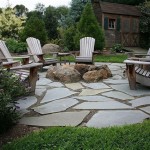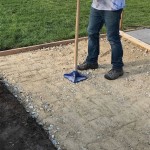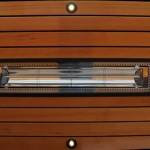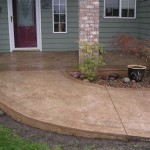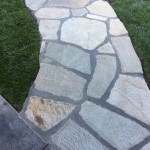Make Your Own Patio Furniture Covers: A Guide to Protection and Style
Protecting your outdoor furniture from the elements is crucial for maintaining its lifespan and appearance. While purchasing ready-made covers can be an option, crafting your own covers offers several benefits, including customization to fit your specific furniture dimensions, material selection that suits your preferred style and durability, and cost savings compared to store-bought options.
Material Considerations:
Choosing the right material for your patio furniture covers is essential for ensuring adequate protection. Consider the following factors:
- Durability: Opt for fabrics with high tear and puncture resistance to withstand harsh weather conditions.
- Water Resistance: Select waterproof materials to prevent rain and moisture from penetrating the covers.
- UV Resistance: Choose fabrics that are resistant to UV rays to prevent fading and degradation from sunlight.
- Breathability: Consider fabrics that allow for air circulation to prevent condensation and mold growth.
Commonly Used Materials:
Some popular materials for making patio furniture covers include:
- Polyester: Durable, water-resistant, and UV-resistant.
- Canvas: Heavy-duty, water-resistant, and breathable.
- Acrylic: Excellent UV and water resistance, but can be more expensive.
- Vinyl: Highly water-resistant and durable, but less breathable than other materials.
Measuring and Cutting:
To ensure a precise fit, it's important to accurately measure and cut the fabric for your covers. Measure the length, width, and height of each piece of furniture and add a few inches to each dimension for overlap and seams.
When cutting the fabric, use sharp scissors or a rotary cutter to create clean edges. Consider using a template or marking the fabric with chalk to ensure precision.
Seaming and Finishing:
Once cut, sew the fabric pieces together using a heavy-duty thread and a sewing machine or by hand. Double stitching the seams will enhance durability. To prevent fraying, finish the edges of the covers with a hem or bias tape.
Install grommets or drawstrings around the edges of the covers for a secure fit. This will ensure that the covers stay in place during windy or rainy conditions.
Additional Tips:
To enhance the functionality and longevity of your patio furniture covers, consider the following tips:
- Regular Cleaning: Clean the covers periodically to remove dirt, debris, and mildew accumulation.
- Proper Storage: Store the covers in a dry and well-ventilated area when not in use.
- Repairs: Inspect the covers regularly for any tears or damage and repair them promptly to prevent further wear.
Conclusion:
Making your own patio furniture covers is a practical and cost-effective way to protect your outdoor furniture while adding a touch of style. By carefully selecting the materials, measuring and cutting precisely, and seaming and finishing with care, you can create durable and functional covers that will extend the life of your furniture for years to come.

Outdoor Furniture Cover Guide How To Choose The Perfect

Custom Outdoor Table Covers

Outdoor Furniture Covers Custom Made

How To Order The Perfect Custom Cover For Outdoor Protection

Outdoor Furniture Covers Custom Made

Waterproof Outdoor Furniture Covers Custom Made Models

Outdoor Furniture Covers Custom Made

Make Your Own Reversible Patio Chair Cushions It Love

Custom Outdoor Patio Furniture Covers Superior Design Couverture Cover

Custom Garden Furniture Covers Made To Order Protective Textiles
Related Posts

